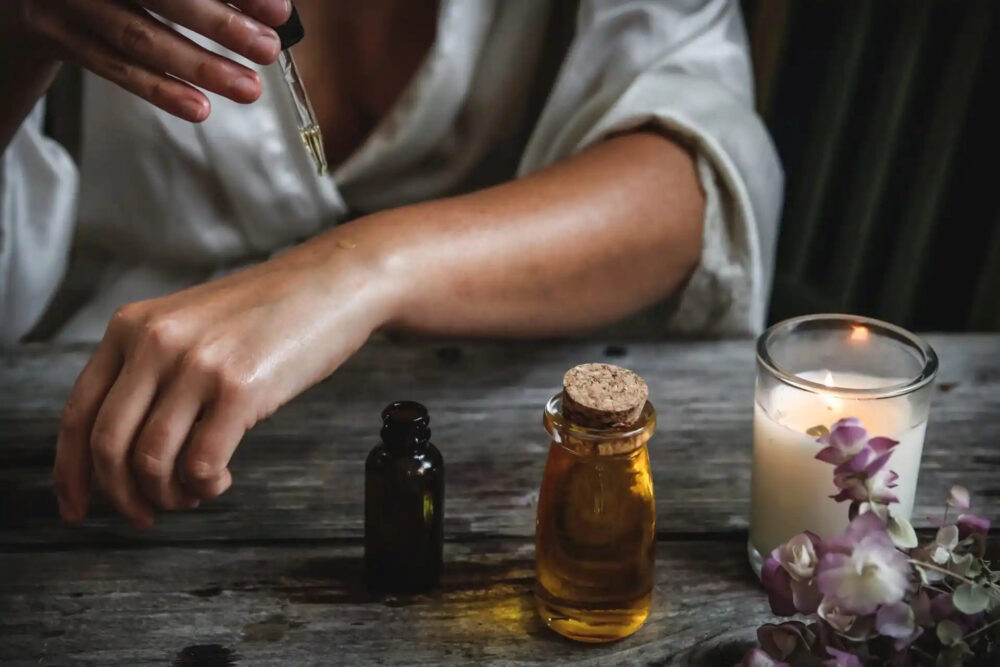In today’s fast-paced world, stress and tension have become all too common. Our bodies bear the brunt of this constant pressure, leading to muscle tightness and discomfort. While professional massages are a great way to alleviate these issues, they may not always be accessible or affordable. That’s where the power of self-massage comes in.
What is Self-Massage?
Self-massage, also known as self-myofascial release, is a technique that involves applying pressure to specific areas of the body to release tension and promote relaxation. By targeting tight muscles and trigger points, self-massage can help improve blood flow, increase flexibility, and reduce pain.
The Benefits of Self-Massage
Muscle Relaxation: One of the primary benefits of self-massage is its ability to relax muscles. By applying gentle pressure and kneading the affected areas, you can help release tension, reduce muscle stiffness, and promote a sense of overall relaxation.
Stress Relief: Self-massage is not only beneficial for the body but also for the mind. The rhythmic movements and focused attention required during self-massage can help calm the mind, reduce anxiety, and relieve stress. It’s a simple yet effective way to unwind after a long day.
Improved Circulation: Self-massage stimulates blood flow to the targeted muscles, which can help deliver nutrients and oxygen to the tissues. This increased circulation can promote healing, reduce inflammation, and speed up recovery from exercise or injury.
Flexibility and Range of Motion: Regular self-massage can help improve flexibility and enhance your range of motion. By targeting tight muscles, fascia, and connective tissues, self-massage can break up adhesions and knots, allowing for greater mobility and ease of movement.
Pain Relief: Whether you’re dealing with chronic pain or post-workout soreness, self-massage can provide relief. By targeting trigger points and applying pressure to specific areas, you can help alleviate pain and discomfort, providing a natural alternative to pain medication.
How to Perform Self-Massage
Choose the right tool: There are various tools available for self-massage, such as foam rollers, massage balls, or even your own hands. Experiment with different tools to find what works best for you and the areas you want to target.
Warm-up: Before starting your self-massage session, it’s essential to warm up your muscles. You can do this by taking a hot shower, using a heating pad, or performing light stretches to prepare your body for the massage.
Identify the problem areas: Take a moment to identify the areas of your body that feel tight or tense. These could be your neck, shoulders, back, hips, or legs. By pinpointing these areas, you can focus your self-massage efforts where they are most needed.
Apply pressure: Once you’ve identified the target areas, use your chosen tool or your hands to apply pressure to the muscles. Start with gentle pressure and gradually increase as your muscles begin to relax. You can also experiment with different techniques like rolling, kneading, or sustained compression to find what feels most effective for you.
Listen to your body: As you perform self-massage, pay attention to how your body responds. If you experience any pain or discomfort, ease off the pressure or try a different technique. Self-massage should feel soothing and relaxing, not painful.
Be consistent: To reap the full benefits of self-massage, it’s important to incorporate it into your regular routine. Aim for at least a few minutes of self-massage every day or a longer session a few times a week. Consistency is key to maintaining muscle relaxation and reaping the long-term benefits.
Conclusion
Incorporating self-massage into your wellness routine can be a game-changer for your physical and mental well-being. By taking the time to release tension, relax your muscles, and promote overall relaxation, you can experience the power of self-massage firsthand. So, why not give it a try? Your body will thank you for it.
Note: This blog post provides general information and is not a substitute for professional medical advice. If you have any underlying health conditions or concerns, consult with a healthcare professional before starting any self-massage routine.
